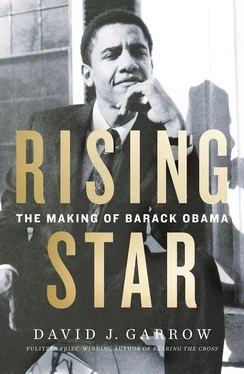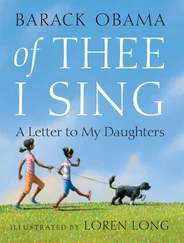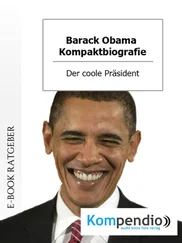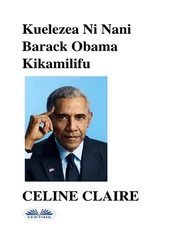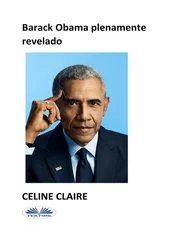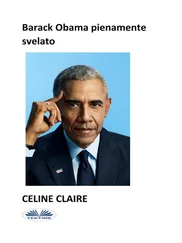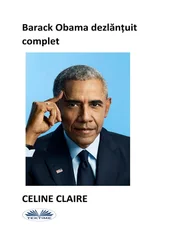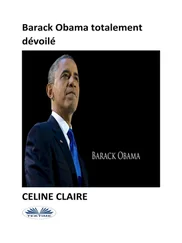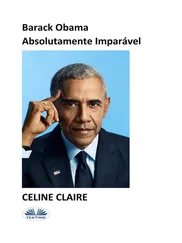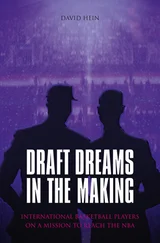Life
Oh, where have they gone
Those days of our youth
With those wonderful dreams
Of worlds to be won
When life was a search
For the ultimate truth
Full of adventure
And, Oh, so much fun
Win all our battles
We just couldn’t fail
For then right was right
It just had to prevail
Then came life’s middle years
Impending old age with all of its fears
The many missed chances
The oft shed tears
Till hope at last dwindles
And disappears
Then comes rebirth
For ’tis Nature’s way
The circle’s full round
Life’s dawned a new day
Erase life’s slate clean
But sell not your shares
For hope still survives
In our children, and in theirs
And if not, SO WHAT!
—STANLEY A. DUNHAM
The second, brief, untitled one spoke to home:
Man can span the oceans of space
Split the atom. Win the race
But all is for naught when against his wishes
He has to help with the dinner dishes.
—STANLEY A. DUNHAM
Williamson and Nordahl agreed that “Stan was a great guy,” and “we had a lot of good times together.” Pal Eldredge at Punahou had exactly the same impression. Both Stan and Madelyn came to “most of the activities” and “any kind of performances we had.” Stan “was a fun guy” and “they were always here with” Barry, Eldredge remembered. “It was always good to be around him because he was always joking with people.” Ann’s mentor Alice Dewey felt similarly: Stanley was a “very charming and fun person, and very affectionate.”
Madelyn, particularly at work, was far less outgoing and seemingly far less happy, though her professional success far eclipsed her husband’s. One young management trainee from the 1970s, who later became Bank of Hawaii’s vice chairman, bluntly acknowledged, “I was afraid of her. She definitely intimidated me. If you were new and still learning, she was like a drill sergeant.” Another young man remembered similarly: “We were afraid of her because she was so gruff.” Two women had comparable experiences. To Naomi Komenaka, Madelyn was “demanding, sharp and feisty”; to Myrtle Choan, one of Madelyn’s direct deputies, “she was a tough lady. Tough, tough lady … I was so afraid of her. I called her Mrs. Dunham, never by her first name.”
At home, though, Madelyn was as devoted to Barry as Stan was; Barry called her “Tut,” with a long “oo” sound, after a common Hawaiian term for grandmother, tutu. Her brother Charles recalled her telling him well before Barry’s high school years that he was a genius; on one of the few occasions she ever spoke publicly about her grandson, she remembered him as “just a basketball-happy little boy…. I think his ambition when he was young was to be a pro basketball player, but he didn’t grow tall enough.”
In their modest apartment, Barry’s tiny bedroom was hardly six feet by eight feet, according to Stan’s brother Ralph, who visited them in Hawaii at that time. “It was about the size of a jail cell.” Stan took Ralph along to his regular chess and checkers club, and also took him to meet Frank Marshall Davis. Along with Stan and young Barry, “we had a terrific time,” Ralph recounted years later. Even close family members did not understand why Stan and Madelyn remained in the small apartment at 1617 South Beretania. Madelyn’s brother Charles believed Stan thought it was perfectly fine, but that his sister did not like it. It was a “pretty depressing” building and “not where a bank vice president would live.” 30
For Barry’s tenth-grade year, Literature & Writing used the traditional Warriner’s English Grammar and Composition. A full year of science was required, as was at least one semester of a course on Asia. Tony Peterson had graduated, and seemingly taking his place for Barry was Keith Kakugawa, now a senior, with whom Obama had been acquainted since Keith first arrived at Punahou three years earlier. With a half-Japanese, half–native Hawaiian father who worked as an exterminator, and a half-black and half–Native American mother, Kakugawa personified the islands’ rich mix of ethnicities. Bright, an excellent athlete, particularly in track, and blessed with an excellent memory, Kakugawa lived well west of Honolulu in working-class Pearl City, just north of the famous Pearl Harbor navy base.
Obama later wrote that Keith possessed “a warmth and brash humor” that led to “an easy friendship,” but around Punahou, opinions on Kakugawa varied widely. Tony Peterson thought “his social skills weren’t the best,” and Pal Eldredge felt “he had a chip on his shoulder.” Keith’s longtime friend David Craven later commented that “Barry was the nice guy he hung around with,” but Keith’s best friend at Punahou, Marc Haine, remembered him as “a popular athlete, a popular figure.”
To Kakugawa, fifteen-year-old Barry was “very, very quiet” and “very, very shy … I wouldn’t say introverted, but he was just a very shy, cautious kid.” Keith took a great liking to Stan Dunham. “Gramps was so great to all of us,” he recounted years later. “He was everyone’s grandfather.”
Tenth grade was also the first time Barry played on an actual basketball team. Punahou’s junior varsity one was coached by 1961 Punahou graduate Norbie Mendez and played five preseason and fourteen regular season games between December 1976 and February 1977. Barry’s friends Mark Bendix, Greg Orme, Tom Topolinski, Joe Hansen, and Mark Heflin were also on the team. Obama never cracked the starting lineup, but he ended up as the third leading scorer as the team won nine of its fourteen official games.
Yearbook photos that year show Barry with a bushy Afro and sometimes more than a little extra weight. A classroom picture captures a decidedly chubby Obama, whereas the ones for JV basketball and concert choir, perhaps taken later, show a visibly more mature fifteen-year-old. Sometime midyear Barry also spent significant time reading The Autobiography of Malcolm X. Keith Kakugawa remembers Obama pointing out the book in Punahou’s library, and Mark Hebing recalls Barry recommending it to him. Barry would later acknowledge absorbing the book that year, saying that Malcolm’s “repeated acts of self-creation spoke to me … forged through sheer force of will.”
One Saturday evening sometime in the late spring of 1977, Kakugawa, Mike Ramos, a junior athlete on Punahou’s varsity basketball team, Obama, and fellow sophomore Greg Orme headed to a party at Schofield Barracks, a large U.S. Army base almost twenty-five miles northwest of Punahou. Most of Oahu’s African Americans were from military families, and the people at this party were predominantly black men and women several years older than the teenage Punahou quartet. Barry didn’t yet drink, but the group stopped to buy a case of Heineken on the way. Once there, the Punahou youngsters were not welcomed with open arms by everyone present.
“The place was packed” and “it was dark,” Ramos remembered. He was more than a year older than Obama, and he was from a Filipino family of modest means; he had first met Barry a year earlier at a party where they discovered they were both fans of jazz saxophonist Grover Washington Jr. Orme was white, and he had known Obama since their seventh-grade year. Barry had passed along his interest in jazz to several friends that year. But at the Schofield party “everyone else, except the four of us, was dressed for a night at Studio 54, and we were dressed for a luau at the beach,” Kakugawa later said.
Especially if they were haoles, Punahou students were looked upon “as the snobs, the rich kids” in many circles on Oahu. “Everyone on the island treated you differently once they knew you were from Punahou,” Keith said. Ramos remembers that Kakugawa, who was known to some of the people at the party, took offense whenever a verbal putdown of Punahou was uttered, and Ramos also remembered Keith “doing a bunch of trash talking” that night in response. Kakugawa admitted “we got in an argument because we were from Punahou,” and the four of them were headed for the door in less than an hour.
Читать дальше
